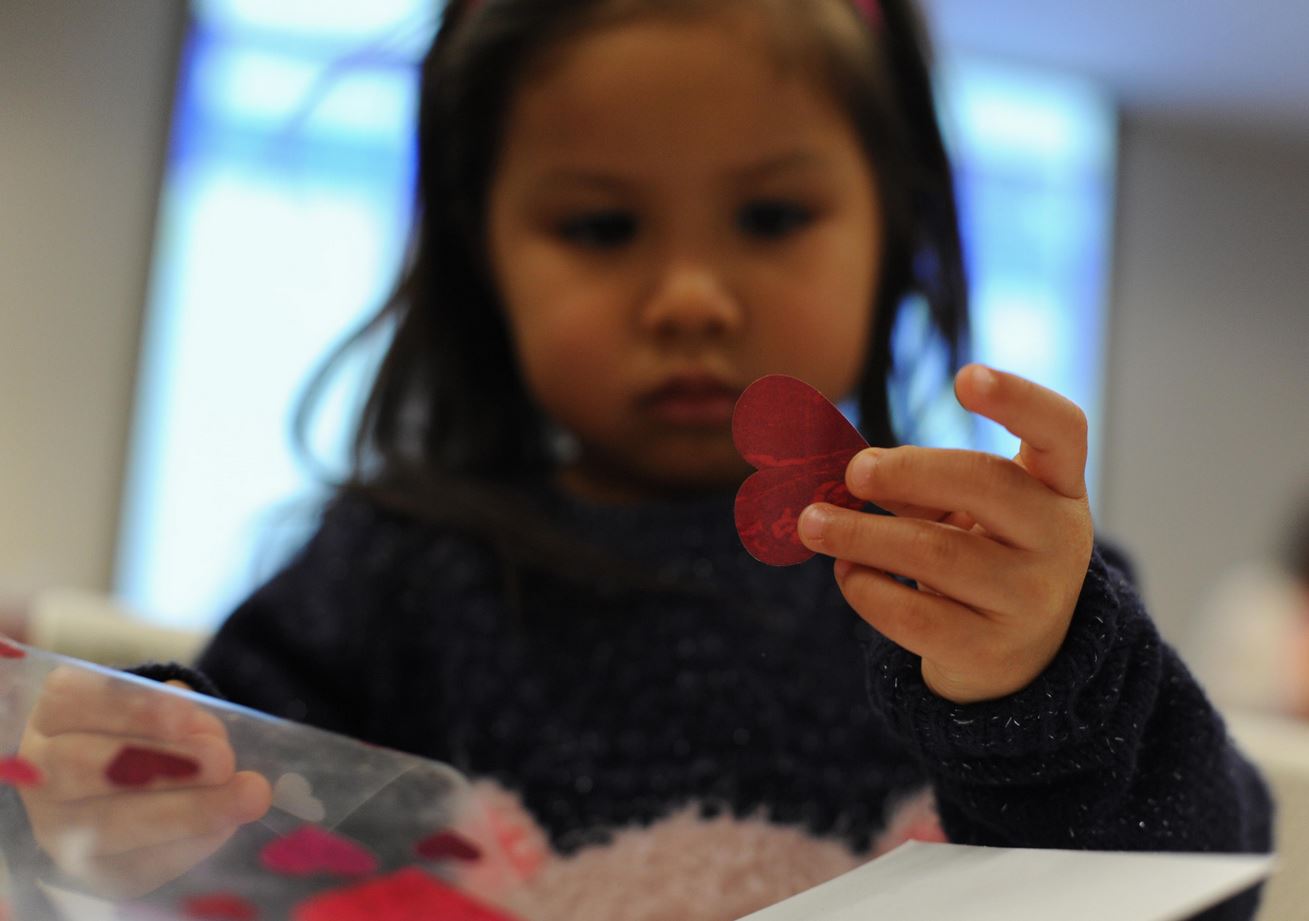My three kids returned home this week each with a list of the names of their classmates and firm instructions from their teachers that, if they chose to participate in the festivities, they must write Valentine’s Day cards to every single kid in the class. Nothing like a little forced goodwill and fake friendships to remind kids what Valentine’s Day is all about.
I actually enjoyed this tradition when my kids were in preschool—a more innocent time when my children loved each and every one of their classmates. But now that my kids are older, the practice seems odd and forced and not at all about love.
In fact, I’m beginning to feel like my children are attending school in Potemkin’s Valentine Village where everyone acts like they love each other for the show of it. In reality, at third grade and beyond, kids begin to act more like adults. They have opinions, definite likes and dislikes, and personalities that may or may not jibe with the others in the class.
And that’s okay!
In fact, it’s good. It’s healthy. It’s the way humans develop. Shouldn’t we be celebrating and nurturing this change in our kids? Shouldn’t we view this as a natural evolution; an awakening within them—the moment they realize that they are individuals with thoughts and beliefs, interests and standards and, hopefully, an understanding and acceptance that not everyone shares the same worldview they do? We can still teach them to treat each other with respect without having to force them to pretend that they have no favorites. Just as importantly, it’s an opportunity to teach kids about overcoming rejection. If my kid’s feelings are hurt that someone didn’t give him a valentine, better to have that conversation about putting such slights in perspective now than when they become far more cutting years down the road.
Despite this, each year, I instruct my children to deny those natural feelings and normal behaviors so that they can label every kid in their classroom as a friend deserving of a love note. I comply by dutifully, and without much complaint, heading down to the local card shop to buy several packages of gaudy and expensive Valentine’s Day cards and then scream at my kids to “SAY I LOVE YOU!” to their classmates, on which they have varied opinions.
And to top it all off, my kids aren’t even allowed to give away even the smallest piece of candy because at some point their school adopted a “NO FUN EVER!” rule outlawing any sort of food giveaways. I have no idea when this rule was adopted but I’m sure it has something to do with America’s bizarre fixation on sugar and the childhood obesity “epidemic.” Perhaps it happened when the First Lady started ruining school food. Whatever the origin, the rule now exists and now all kids get for Valentine’s Day from their friends is a piece of paper with a meaningless missive.
It’s the candy ban that’s the real giveaway as to who this tradition really benefits: Not the kids, but the school administrators, the teachers, and the parents who want to sustain Potemkin’s beautiful yet hollow vision of school as a place where nothing bad ever happens.
But perhaps I shouldn’t complain. After all, this is as close to religious instruction my kids will ever get at their public school. That makes this the ultimate irony because Valentine’s Day has liturgical roots, originally marking the day Catholics celebrate Saint Valentine (The Catholic Church actually recognizes two St. Valentines, neither of which had anything to do with romance. The Valentine-love connection can be traced to Chaucer). I suppose I should be pleased; in today’s hyper secular public school environment, it’s pretty amazing this day and its love-one-another vibe is even countenanced. Of course, the day will be stripped of any hint of religious meaning and kids will simply be told to hand out their cards to their classmates.
So, will I make my kids participate in the class card swap this year? Of course I will. Because everyone’s happy on Valentine’s Day. Even if no one’s feeling much love.
This article has been republished with permission from Acculturated.
[Image Credit: U.S. Air Force photo by Airman 1st Class Grace Nichols]
















Leave a Comment
Your email address will not be published. Required fields are marked with *